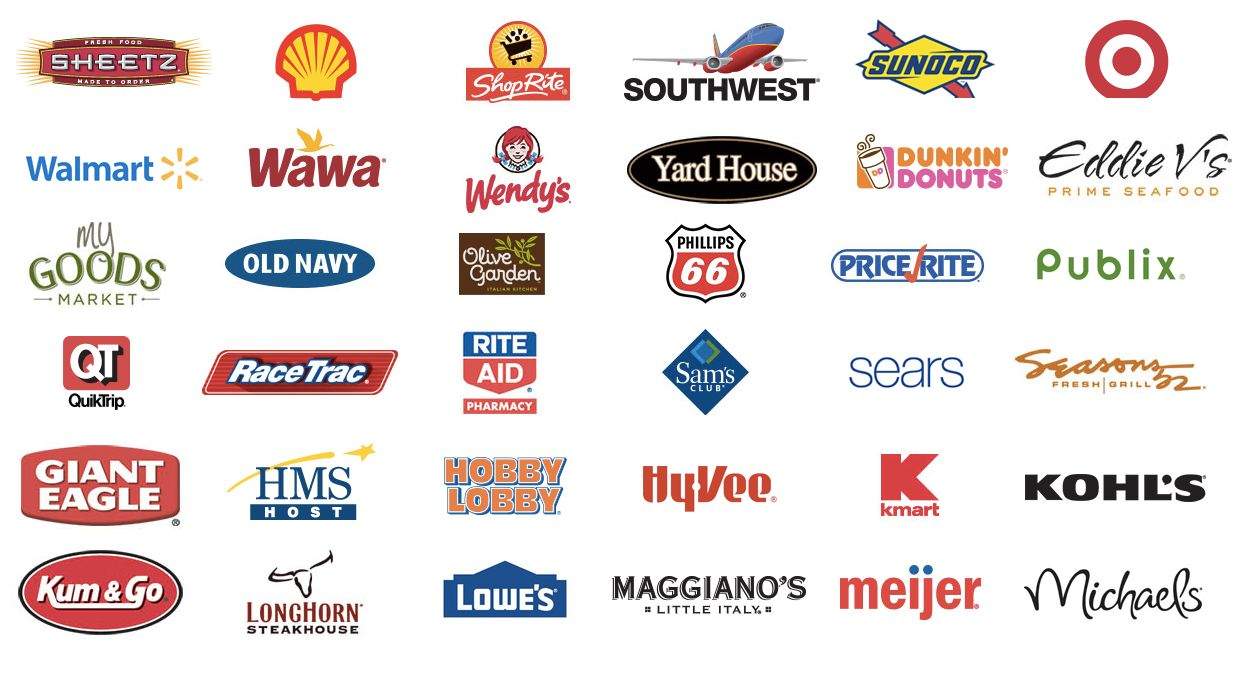Factor in things like free shipping, better inventory, and the option to make purchases from around the globe that you’ll never find at your local mall, online shopping has opened up more ways to make a satisfying customer experience that’s hard to replicate brick-and-mortar style.
So how do online retailers (or the Web versions of their physical stores) actually manage to improve and customize the shopping experience without a human component? They collect and leverage data about you and your shopping habits so they know what to sell, what to charge for it, and the ways they market it to you. To get your dollars, they first need that data.
This might irk privacy-sensitive consumers that some Orwell type of spying is going on here, so don’t worry – you’re not being exploited. It’s not Big Brother, but it is Big Data. Here’s the type they track, and how they do it.
1. Web activity
It’s a well-known fact to astute travelers that some booking sites will raise their costs on subsequent searches for the same tickets – a bit of price gouging to compel people to buy. E-retailers will often use this price-customizing approach. Tracking cookies are installed on your computer when you visit a website; a retailer will take note of these and recognize you as a newbie visitor. Through this, they’ll monitor your navigation: the time you spent on the site, what you clicked on, and if you bought anything. Apple knows what you’re browsing and buying in the Apple Store because they track their visitors; and since first impressions count, this information is utilized to adjust prices and decide what’s appealing to consumers, what’s not, and ultimately, what to sell.
2. Customer-to-cloud feedback
That voice-recognition app on your Apple Watch or iPhone is being eavesdropped on. For Apple’s sake, it sends that information to a cloud-based platform, analyzing commonalities among customers to best provide more accurate search results. Online retailers work on similar principles – give customers a place to write reviews, take surveys or access customer support via chat, and you give them a voice and incentivize them to offer feedback. Reward them with a discount or coupon for their next site visit, and it’s another way online businesses use data to better gauge how to improve their products and services.
3. Mobile usage and apps
Retailers like Nordstrom track the Wi-Fi signals of customers who visit in store, tracking their movements in real time, which departments they visit, how much time they spend in certain departments or in front of certain displays and the likelihood of a purchase. It’s not only sensor-based tech; apps are a perfect way for retailers to capture data on your tastes and preferences to market the right products. Data tracking through the Health App on your iPhone helps Apple understand your lifestyle habits and ultimately pitch products to consumers that improve well-being and health.
4. Loyalty card incentives
You may have one or a few store loyalty cards in your wallet or purse from a local supermarket, chain store or other retailer, which stores use to track how you shop. It’s a “loyalty” card for retailers to track how loyal you are to their brand and what you’ve bought. A customer profile is built on these demographics, which is why you will receive email coupons and sale offers on the very products you’re inclined to buy from the retailer. Even if you still don’t do the loyalty card thing, stores – especially supermarkets – will still make use of your debit/credit card info, aggregating and analyzing payment info to see where else you’ve shopped. What are you buying from the competitor that you’re not buying from us? In-store and online retailers crunch these numbers so they can understand what makes their customers stay, or go.
5. Social media
Mining consumer data via social media goes beyond simply setting up a Facebook, Twitter or Google+ page and letting it be. Retailers are savvy in how they gauge their Big Data metrics to improve the customer experience, since social media can tell a lot about customer’s opinions, likes and dislikes. It also gives them a chance to engage with consumers on an intuitive level. Every time you might comment on or like a post, retailers can better determine what customers want, and if that can translate into delivering a better shopping experience, it illustrates that the retailer has listened and followed through. And when consumers can be made to feel like their favorite brand is ahead of the curve, able to predict what it is what they want, that means return business and a continued customer-retailer relationship.


